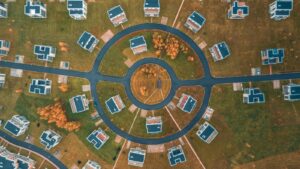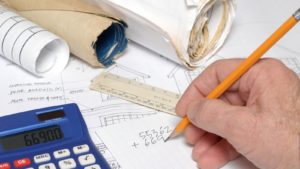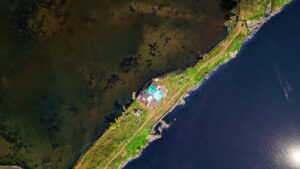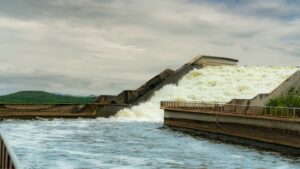The water industry is one of the main industries in Australia, and it is undoubtedly among the top priorities for the Australian authorities considering the growing population in the country. This is why Australia is highly interested in developing this aspect of the economy using cutting-edge technology. When it comes to a water treatment plant, there are several infrastructure options available. Each one of them is important for an unchallenged water treatment process, and among all of them, the water collection chamber receives much attention. Its safety and health are the key factors here. But how can you ensure the water collection chamber’s safety is on point? This is where you require the employment of ‘Sensor’ technology in the water realm.
In this article, we focus on the employment of sensors to guarantee the water collection chamber’s safety.
Exploring Sensor Technology
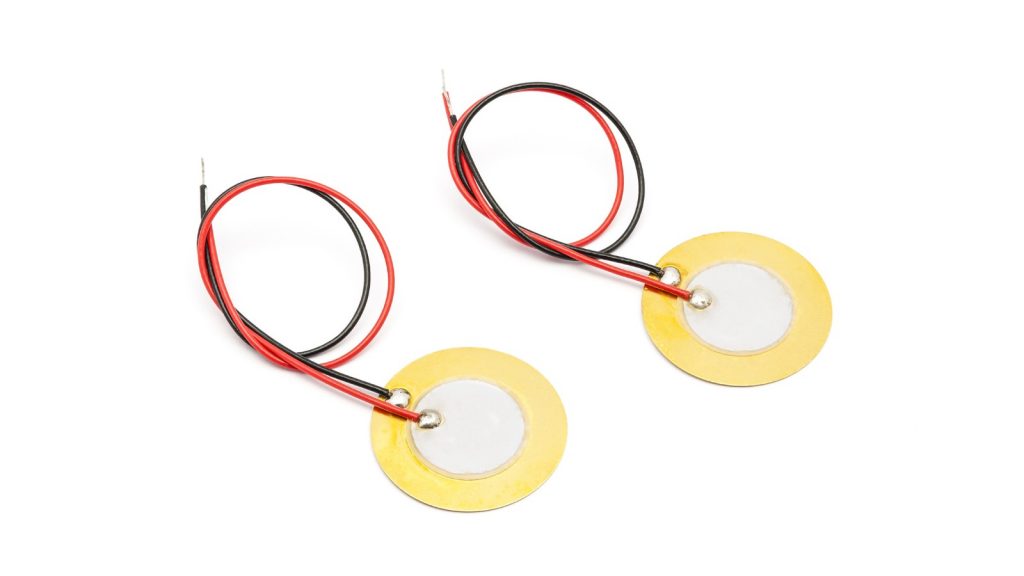
- Sensors have been under the spotlight for a few decades now, as they have been utilised for various activities in the construction ecosystem. However, unlike regular sensors, the ones that are being used in the water industry are a bit complex due to their mechanisms.
- It is visible that water treatment plants in Australia occupy a number of different sensors for various tasks. Before digging deep, let us explain the mechanism that lies inside a tiny sensor.
- Sensor technology refers to the field of creating and utilising devices that detect and respond to physical, chemical, biological, or environmental changes. These devices, known as sensors, convert the detected information into measurable signals or data, enabling monitoring, control, and analysis in various applications.
- Have you seen them? Sensors can range from simple devices like thermostats and light sensors to sophisticated systems such as imaging sensors and biosensors. They play a crucial role in modern technology as they cater to a variety of purposes like environmental monitoring, transportation, industrial automation, etc.
- A vast range of sensing principles and techniques, such as optical, electrical, mechanical, and biological sensing processes, are included in sensor technology.
- As you can see, this technology cannot be described in a few words as it keeps evolving day after day. Continuous innovation in sensor design, materials, and integration techniques drives the development of increasingly sensitive, accurate, and versatile sensor solutions in today’s world. This will be a great help in addressing evolving industrial needs and technological challenges in the future.
Top 4 Ways to Employ Sensors to Ensure the Water Collection Chamber's Safety
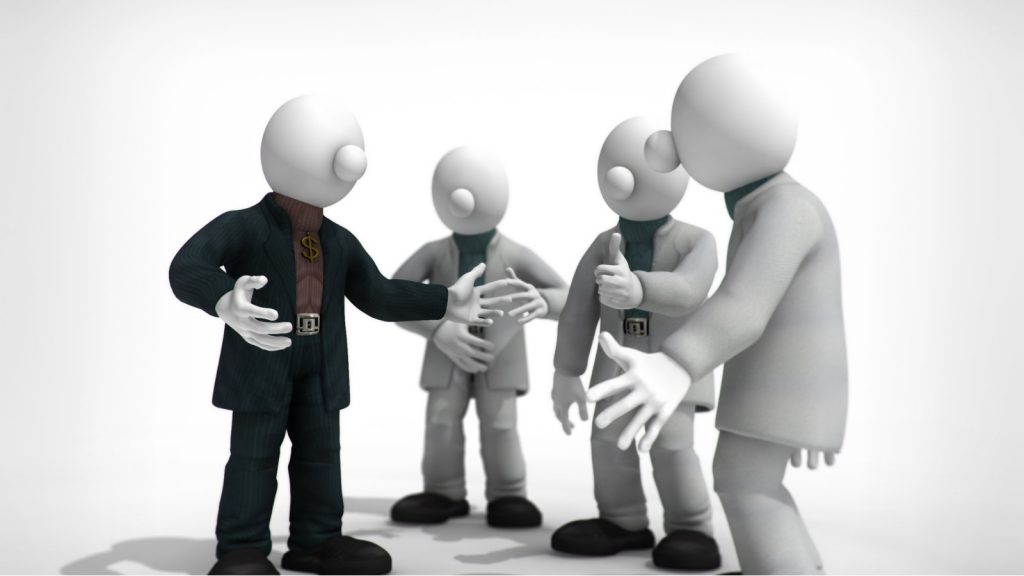
Integration with Alarm Systems
It is true that the authorities of the water plant take every possible action against threats and security breaches, giving it a top priority. However, there might be some circumstances in which some unavoidable incidents occur. This is where they need a robust system to be notified in real-time. In that sense, Sensors integrated with alarm systems play a pivotal role in ensuring the safety of water collection chambers.
These sensors continuously monitor various parameters such as water level, pressure, temperature, and water quality within the chamber. The sensors instantly notify operators or repair workers when they identify any anomalies or deviations from pre-established criteria.
Let us walk you through an example. If there is a sudden increase in water level that could indicate a potential overflow, the sensor-integrated solutions alert the authorities and emphasise taking an immediate response to prevent flooding or damage. Likewise, anomalies in pressure or temperature may signal structural issues or blockages requiring prompt intervention to maintain chamber integrity.
On the other hand, sensors monitoring water quality parameters like pH and turbidity can identify contamination or deterioration of water quality, which is quite vital for the entire process. If a problem is captured by the sensors, then it triggers alarms to prevent the distribution of unsafe water.
Turbidity Inspection
How can you spot turbidity with the naked eye? No, it is difficult! However, Sensors employed for turbidity inspection contribute significantly to ensuring the safety of water collection chambers. They continuously monitor the clarity or turbidity of the collected water around the clock.
If put in simple words, turbidity sensors can measure the amount of suspended particles or solids present in the water. This provides an indication of the quality of the water. When turbidity levels rise above acceptable criteria, it can point to the presence of pollutants or contaminants, which might jeopardise the collected water’s safety and usability.
It is vital to detect changes in turbidity in real time. That is why these sensors enable prompt intervention to address any issues, such as contamination or sediment buildup. If the water plant authorities opt for this, their operators can implement appropriate measures, such as filtration or treatment processes, to maintain water quality standards.
This act not only guarantees the safety of the water collection chamber but also makes sure that certain water treatment plants distribute water that is up to Australian water quality standards.
Leak Detection
The leak is the worst nightmare in the context of water treatment. The damage that one tiny leak can cause is unlimited.
Therefore, the water plant authorities always put a heavy weight on detecting such leaks in advance. Sensor technology is the ideal tool for that, as it can offer real-time leak detection insights 24/7.
Sensors can monitor and identify leaks in the chamber walls, as these leak detection sensors are strategically installed to continuously monitor the integrity of the chamber structure.
These sensors typically pair with various technologies, such as pressure sensors, acoustic sensors, or moisture sensors, to identify any signs of leakage. When a leak is detected, the sensors immediately send signals or alerts to operators or control systems. This prompt action will give enough time for the authorities to take swift action to address the issue before it escalates into a mass challenge.
On one hand, early detection of leaks helps prevent water loss, structural damage to the chamber, and potential environmental contamination. On the other hand, it can help the responsible parties schedule timely repair or maintenance based on the data provided by these sensors. This clears the way for the long-term safety and reliability of the water collection chamber.
As you can see, sensors can be used to prevent mass-level damage inside the water treatment plant. Not to mention that it protects the nearby environment too.
Pressure Monitoring
We discussed leaks in the above section. Yes, it is indeed a safety threat, for sure. However, the real culprit behind these leaks is undoubtedly ‘the pressure’ factor.
Pressure sensors can be placed within the chamber to continuously monitor the pressure levels. These sensors detect changes in pressure, which could indicate potential issues such as blockages, structural damage, or excessive stress on the chamber walls.
This is a good strategy for continuously monitoring pressure levels. Sensors provide real-time data to operators or control systems, allowing timely intervention to address any abnormalities before they lead to a major loss.
It is quite common that sudden pressure increases indicate a blockage in the chamber or excessive strain on the infrastructure, which is a fact to keep an eye on.
Employing Cutting-Edge Sensors to Safeguard Water Collection Chambers
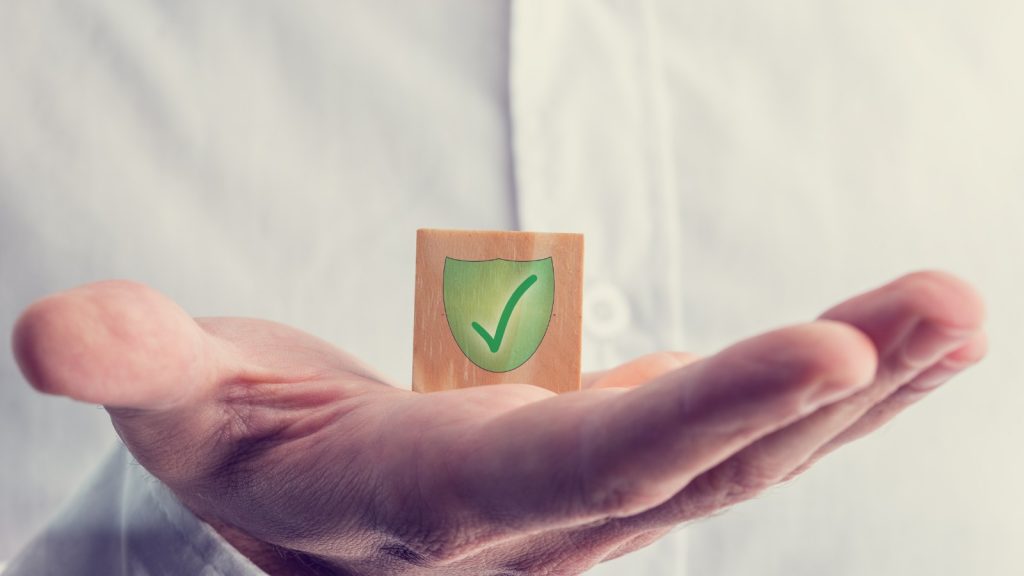
Since you had a 360-degree view of the safety of the water collection chambers, you are aware that Sensor technology is the final destination when it comes to the ideal tools. However, aligning the industry requirements with the features of the sensors before purchasing is a top necessity. There are various Sensors for various tasks. An industry expert will keep your reliability worries away for sure.

